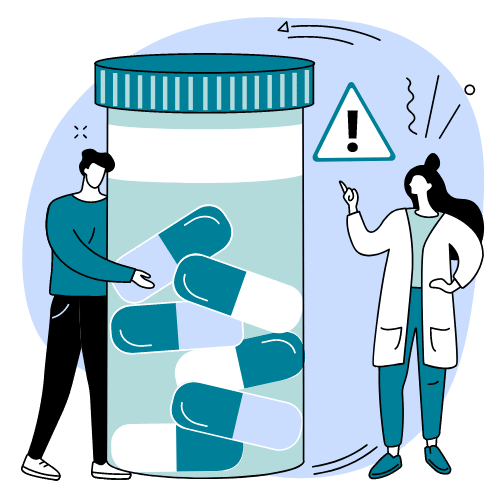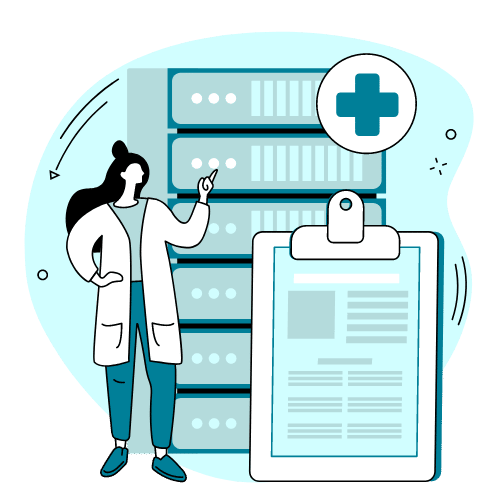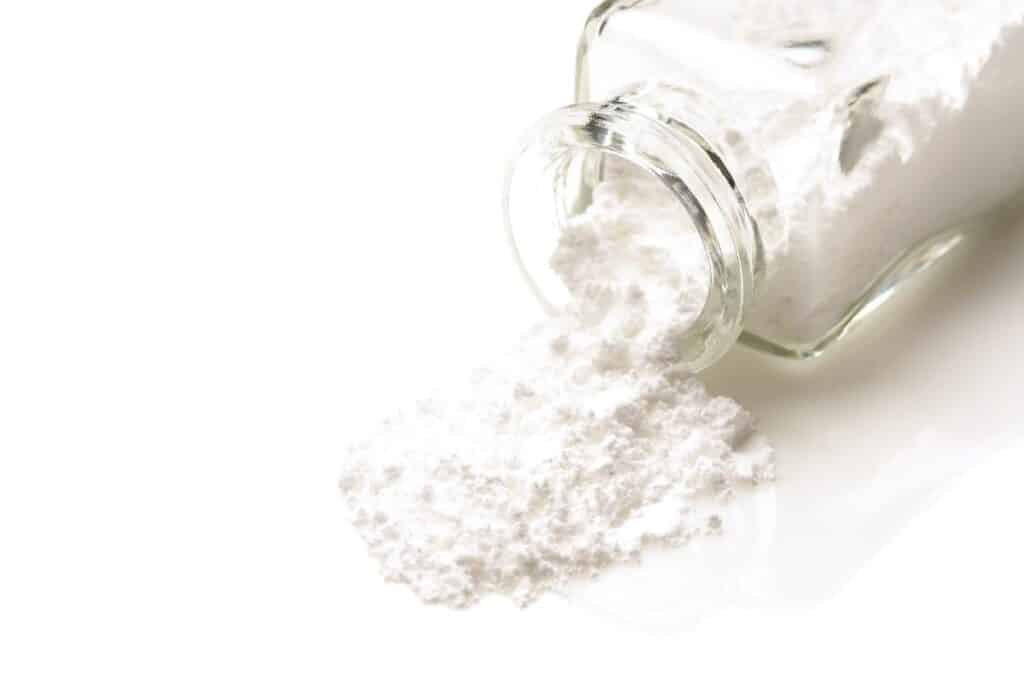It’s hard to escape the ubiquity of cocaine in pop culture. It has ebbed and flowed from being the cool drug used by rockstars and supermodels to the substance that actively destroyed urban communities in the 80s and 90s and back again. Perhaps the way its popularity wanes and waxes in the cultural zeitgeist is a metaphor for addiction itself. The desire may go away for periods of time, but it can always find its way back.
If you or a loved one are in need of a cocaine addiction treatment program in Massachusetts, reach out to us today at 413.570.9698.
The History of Cocaine
Maybe understanding the history of cocaine can give us a little insight into its near-constant popularity. Cocaine is derived from the coca plant in South America. Many South American civilizations have chewed on coca leaves for centuries for its stimulant effect. It wasn’t until the leaves of the coca plant were processed into cocaine hydrochloride that we saw the effects of the drug as we now know them. Think of this process as you would the distillation of a high-proof spirit. Scientists take coca leaves and isolate the active ingredients, creating a more pure and potent version of the drug. Cocaine was first isolated (extracted from coca leaves) in 1859 by German chemist Albert Niemann. It was not until the 1880s that it started to be popularized in the medical community. The drug does have some medical merit as a stimulant and a local anesthetic. Popular Austrian psychoanalyst Sigmund Freud, who used the drug himself, was the first to broadly promote cocaine as a tonic to cure depression and sexual impotence. In 1884, he published an article titled Über Coca (About Coke) which promoted the “benefits” of cocaine, calling it a “magical” substance. Freud, however, was not an objective observer. He used cocaine regularly, prescribed it to his girlfriend and best friend, and recommended it for general use.
Cocaine in Popular Culture
Cab Calloway used his early-jazz crooning theatrics to reference cocaine in his 1931 hit, Minnie the Moocher. This marks one of the earliest references to the drug in popular music. “She messed around with a bloke named Smokey / She loved him though was cokey.” Cocaine use and jazz seem to go hand-in-hand, and some studies may suggest that lab rats given cocaine prefer listening to jazz music as opposed to classical. While this may be one of the first references to the drug in popular music, it is far from the last. Famous guitarist and singer Eric Clapton referenced cocaine even less subtly in his 1977 hit song Cocaine. “If you got bad news / You want to kick the blues, cocaine / When your day is done / And you wanna ride on, cocaine.” The presence of cocaine in popular culture is not limited to music. The original recipe for Coca-Cola contained the active ingredient of cocaine. Its name is derived from its two active ingredients: coca leaves and kola nuts (a source of caffeine and signature flavor).
Identifying Cocaine In Various Forms
The National Institute on Drug Abuse (NIDA) has determined that over 15% of adults in the United States have used cocaine at least once. Of course, just because they have used the drug does not mean they become instantly addicted. Cocaine has many street names, such as:
- Coke
- Snow
- Blow
- Powder
- Rock
Movies like Scarface, Blow, and The Wolf of Wall Street have explicitly shown us what cocaine in its powder form looks like, although often in exaggerated and excessive amounts.
The Appearance of Cocaine
The most common form portrayed in the media is a fine, white powder. In order to make the cocaine “stretch” or appear to weigh more, it will often be cut with inert substances that do not add to the effects of cocaine. They may use substances such as:
- Cornstarch
- Talcum powder
- Powdered Sugar
Powder cocaine can also be cut with a number of substances that may add to the effects of cocaine. This mixing of substances can be particularly dangerous for the user. Some of these other active substances include:
- Procaine (a local anesthetic, a substance that numbs a small location)
- Amphetamine (another stimulant that enhances the effects of cocaine)
- Heroin (this combination is what’s known as a “speedball” and is incredibly dangerous)
The Appearance of Crack Cocaine
In the 1980s, we started seeing powder cocaine being processed into rock or “crack” cocaine. In contrast to powder cocaine, which is typically snorted through the nostril, this form is typically smoked in a pipe. The “crack” refers to the cracking and popping sounds made when the substance is smoked. Crack is produced by dissolving powder cocaine in hot water and mixing it with sodium bicarbonate or baking soda. This creates a chemical change in the cocaine that causes it to seize up into a form that more closely resembles tiny white rocks or pebbles.
The Smell of Cocaine
Since the most popular method of ingestion for powder cocaine is insufflation through the nostril, it’s no surprise that the unique smell of cocaine is well-documented. Some people have suggested that cocaine smells like paint or gasoline. This makes sense because gasoline is often used in the process of extracting cocaine from coca leaves. This process usually leaves gasoline residue on the fine white powder. Another common description of the odor of cocaine is that it “smells like electricity.” If you live in an area where thunderstorms are common, you may be familiar with the smell of ozone. This smell occurs when a lightning strike reacts with the surrounding air. Of course, it is not recommended that anyone use the scent to identify cocaine. It is most commonly snorted because the drug is able to almost instantly pass through the mucous membranes in the nasal cavity and into the bloodstream. This is what causes the immediate high and euphoric effects of the drug.
What Is Cocaine Addiction?
Cocaine addiction occurs when a user becomes physically and emotionally dependent on the drug. Cocaine dependence can come with a whole host of negative side effects, both from the use of the drug and withdrawal from the drug. Addiction can happen quicker than you may think, and rehab for cocaine addiction use is extremely common for people from all walks of life and stages of addiction. Some side effects of cocaine use and warning signs of addiction include:
- Extreme sensitivity to touch, sound, and light
- Intense happiness
- Anger/irritability
- Feelings of paranoia
- Decrease in appetite
Cocaine may also cause the following:
- Headaches
- Convulsions or seizures
- Heart disease, heart attack, or stroke
- Mood problems
- Sexual issues
- Lung damage
- HIV or hepatitis from injections
- Loss of smell, nosebleeds, and other sinus issues
Cocaine may lead someone to have intense cravings for the drug and the high it brings. But the more you use cocaine, the more your brain will adapt to it, which leads to dependency and tolerance. This means a stronger dose will be needed to feel the same high. Stronger, more frequent doses can also cause long-term changes in brain chemistry. The body and mind begin to rely on the substance for those feelings. This can make it harder to think, sleep, and recall things. This can lead to a dangerous addiction or a cocaine overdose. One of the most dangerous aspects of use is mixing cocaine with alcohol or other drugs.
Treatment At Swift River Of Massachusetts Can Help You Get Your Life Back
There are several levels of treatment that can help people recover from cocaine use. Swift River offers day treatment for addiction in Massachusetts, which helps patients transition from rehab back into the community. Our first priority is getting you into a safe, comfortable treatment setting to build a solid foundation for permanent success. Cocaine use and addiction is a very serious issues and can be deadly. If you’re concerned about a relationship with cocaine, don’t wait to seek help. Contact one of our specialists today at 413.570.9698 to learn more about cocaine addiction and to find suitable treatment options.













